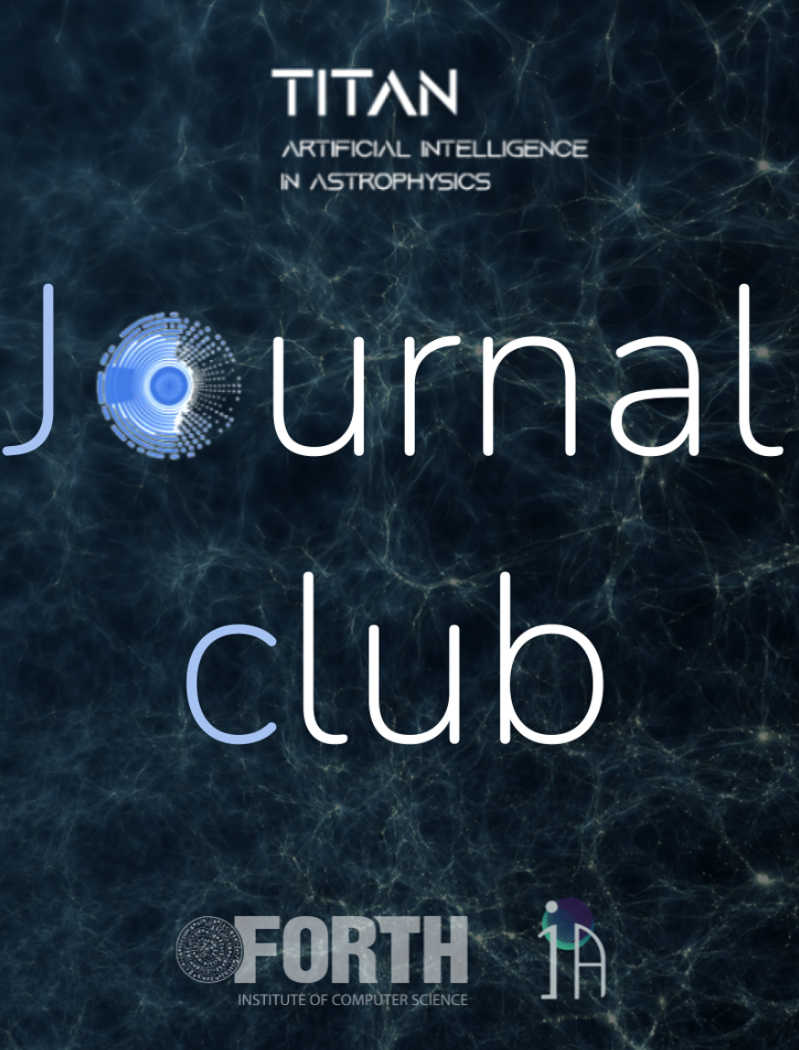
Speaker : Athanasia Gkogkou (Postdoctoral Researcher)
Date : 17th of February
Location: Fotakis meeting room (2nd floor, FORTH main building
Paper Abstract: Blind hyperspectral unmixing (HU) has long been recognized as a crucial component in analyzing the hyper- spectral imagery (HSI) collected by airborne and spaceborne sensors. Due to the highly ill-posed problems of such a blind source separation scheme and the effects of spectral variabil- ity in hyperspectral imaging, the ability to accurately and effectively unmixing the complex HSI still remains limited. To this end, this article presents a novel blind HU model, called sparsity-enhanced convolutional decomposition (SeCoDe), by jointly capturing spatial–spectral information of HSI in a tensor-based fashion. SeCoDe benefits from two perspectives. On the one hand, the convolutional operation is employed in SeCoDe to locally model the spatial relation between the targeted pixel and its neighbors, which can be well explained by spectral bundles that are capable of addressing spectral variabilities effectively. It maintains, on the other hand, phys- ically continuous spectral components by decomposing the HSI along with the spectral domain. With sparsity-enhanced regu- larization, an alternative optimization strategy with alternating direction method of multipliers (ADMM)-based optimization algorithm is devised for efficient model inference. Extensive experiments conducted on three different data sets demonstrate the superiority of the proposed SeCoDe compared to previ- ous state-of-the-art methods. We will also release the code at https://github.com/danfenghong/IEEE_TGRS_SeCoDe to encour- age the reproduction of the given results.
